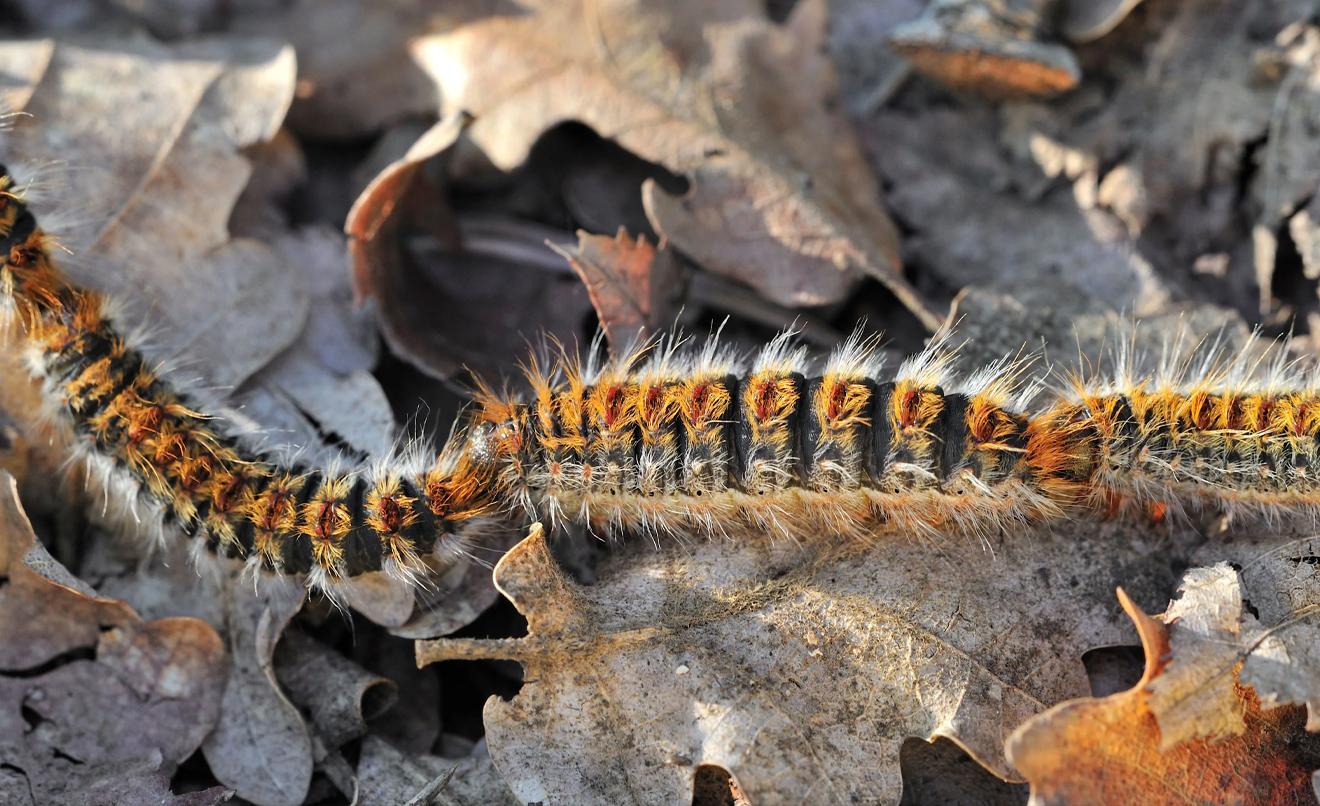
What is the processionary caterpillar?
The pine
processionary caterpillar (Thaumetopoea pityocampa) is a species of caterpillar
usually found in Mediterranean and temperate regions of Europe. Its presence
becomes noticeable during the colder months, when the white pockets on pine
trees are more visible, affecting the growth and health of these trees. In
addition, its impact extends into the warmer months, when the caterpillars
abandon their nests and descend to the ground, posing a threat to humans and
animals.
They mainly
inhabit pines and other species, such as cedars and firs. Between February
and May, they descend from the trees in processions to bury themselves in
the ground and pupate, transforming into butterflies in spring. These larvae
are characterized by their hairy appearance and their tendency to move in a
line, hence their name.
It is
important to take special care in green areas such as playgrounds, walking
areas and natural spaces where these trees are present.
How can it
affect my dog and what are the symptoms?
In humans,
contact with the processionary can cause irritation of the nose, ears and
throat. However, for dogs, the health consequences can be much more serious.
These
caterpillars have stinging hairs loaded with a toxin that can cause
allergic reactions, inflammation, necrosis in the affected area (mouth, nose,
eyes...) and even damage to the mucous membranes and the digestive and
respiratory systems if ingested. The most common symptoms in affected
dogs include excessive salivation, vomiting, swelling of the tongue and lips,
difficulty breathing and, in severe cases, anaphylactic shock.
Therefore, in the event of any symptom that makes us suspect that our dog
has been in contact with a processionary caterpillar, it is crucial to act
quickly by going to the veterinarian immediately.
How to prevent contact with the pine caterpillar
In conclusion, protecting our
canine friends from the processionary involves being alert, taking precautions,
and acting promptly in case of suspicion to prevent our dogs from suffering the
consequences of this dangerous insect.
Share this information with
your colleagues!